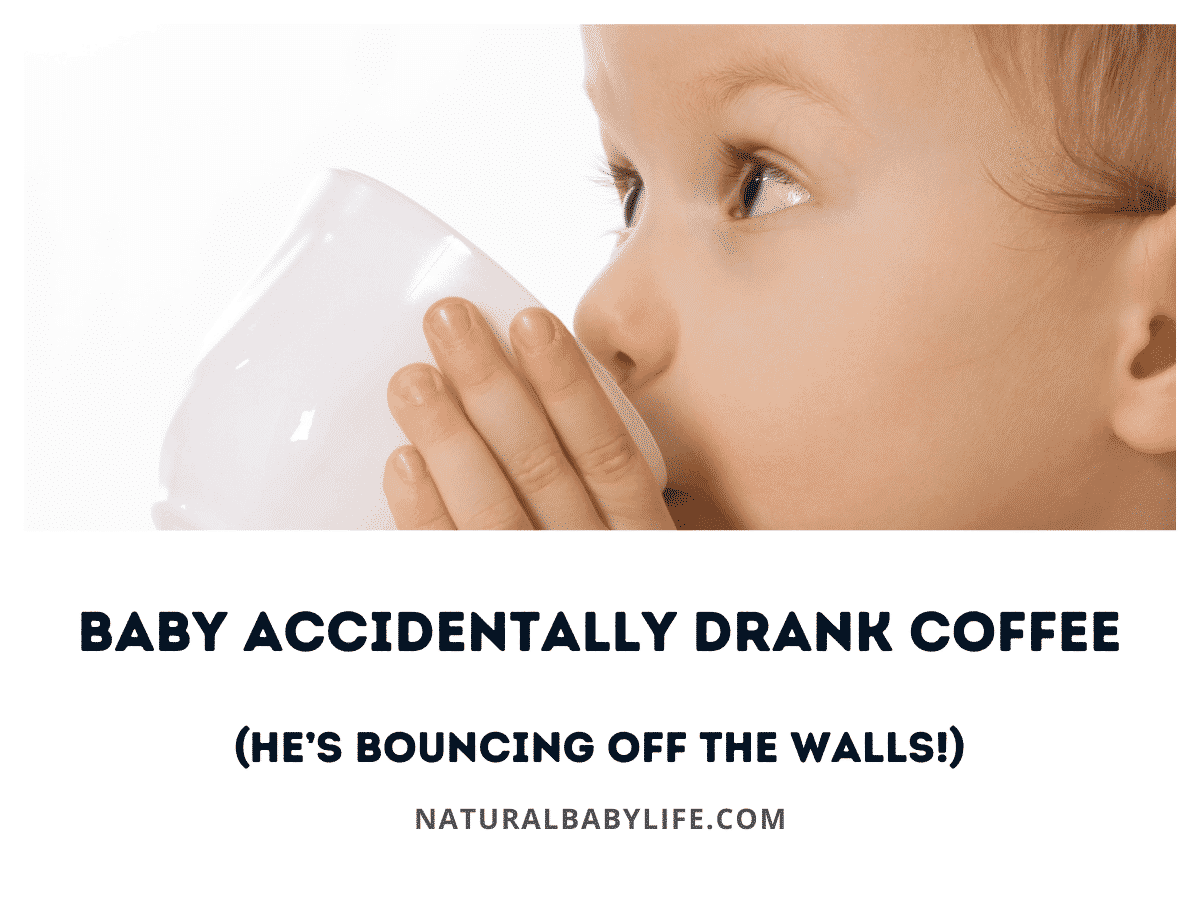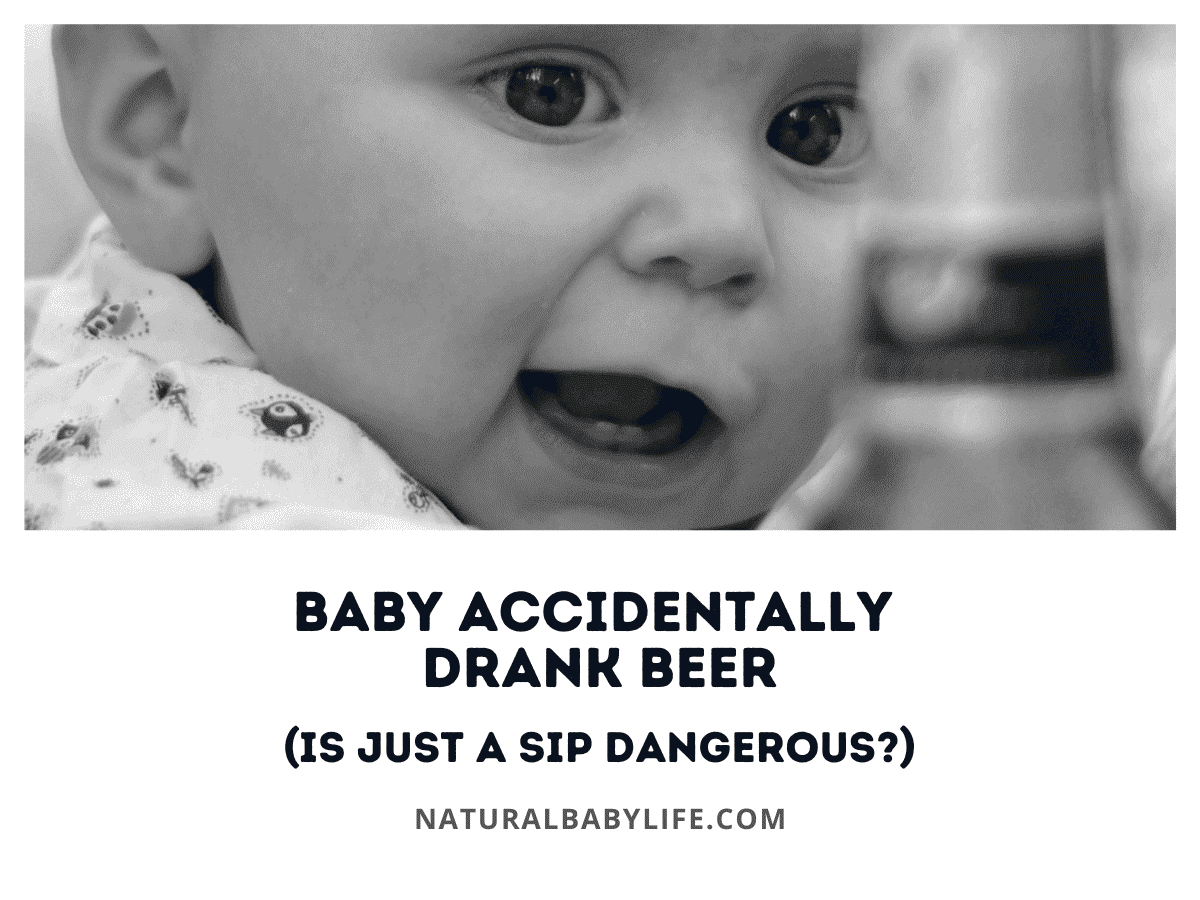Many experts consider purees essential for introducing your little one to solids. However, purees are not meant to comprise a large part of a baby’s diet, and they should be eliminated once your baby can tolerate textured foods. What happens if your baby prefers pureed food over breastmilk or formula? What if they prefer purees to textured foods?
Replacing breastmilk or formula entirely with pureed foods can lead to malnourishment in babies as the first stage baby foods are meant as an introduction to solid foods, not an entire diet. Advancing from purees to textured foods is necessary for developing babies’ oral-motor skills and promoting self-feeding as well as their overall nutrition.
Continue reading to learn more about healthfully introducing your baby to purees and other solid foods.
Table of Contents
My baby only wants to eat pureed food
Pureed foods are used to safely and gradually introduce your baby to solid food. Though breastmilk or formula will be your baby’s primary source of nutrition until they are at least 12 months old, offering pureed foods allows your baby to experience new flavors and textures, develop oral-motor skills important for eating and even language, and add more nutrients to their diet.
Though pureed foods are great for early eaters, it is important that they not replace the breastmilk or formula in your baby’s diet. If you find that your baby prefers eating pureed foods to breastmilk or formula it is important that you find a way to ensure your little one’s diet is well balanced. Consult your pediatrician if your baby’s milk intake drops significantly, or they exhibit signs of dehydration or severe constipation.
Here are some tips for ensuring your baby gets enough milk or formula:
- Always nurse or bottle-feed before offering solids to ensure your baby does not become full off of pureed food.
- Minimize distractions when nursing or bottle-feeding.
- Don’t over-serve pureed foods. Start with one teaspoon and gradually work your way up.
- Add breastmilk or formula to pureed food. (Keep in mind that it is not recommended to feed your baby solids from a bottle.)
Some little ones may not have difficulties taking in the appropriate amounts of breastmilk or formula and purees, but they struggle to advance to the next stages of feeding. Familiarizing your baby with different textures of food is crucial for oral development and healthy eating habits.
Here are some tips for introducing your puree-loving baby to texture:
- Add texture gradually. Start with thicker purees, then purees with lumps; advance to mashed foods, soft chunks, then finger foods when they are ready.
- Continue offering textured foods even if they reject them.
- Let your baby feed themselves.
- Include your baby in your meal.
Stages of baby food
Introducing your baby to solids is a gradual process.
Though purees do provide additional nutrition, the early stages of food introduction center around exposure to new foods and the development of chewing and swallowing skills. As your baby grows, solids will become a more central part of their diet until they are ultimately weaned.
Here is a list of what your baby will be eating at different feeding stages:
- Breastmilk/Formula is the only sustenance your baby needs for the first 4 to 6 months.
- Purees allow your baby to try new flavors and textures while they are developing their oral skills.
- Thicker purees with multiple ingredients can be added to your baby’s diet when they’ve tried a variety of foods and have mastered eating thinner purees.
- Soft chunks can be introduced when your baby is chewing and swallowing more efficiently.
- Finger foods allow your baby to self-feed, which is an important skill that improves their overall development.
Breastmilk/Formula
Milk or formula will provide your baby with all the nutrients they need at the beginning of their life.
For the first four months, they should exclusively intake breastmilk or formula. As your baby grows older and starts solids, milk or formula will continue to be a central part of their diet.
Your baby can begin drinking fortified cow’s milk in place of breastmilk or formula at 12 months of age; however, the American Academy of Pediatrics suggests breastfeeding as long as it is preferred by the mother and baby.
Purees
In most cases, purees and infant cereals will be the first solids you will introduce to your baby.
Your baby will probably be ready for solids at around six months, but it can be as early as four months. No matter the age, they should:
- Sit in a high chair with little or no support.
- Exhibit good head control.
- No longer be satiated after nursing (8 to 10 times a day) or formula (32 ounces).
- Seem interested in what you are eating.
- Open their mouth to accept food.
Here are some tips to keep in mind when starting solids:
- Nurse or formula-feed your baby before offering solid foods.
- Start by offering small amounts of food (e.g. 1 teaspoon) and gradually increase as your baby becomes more comfortable.
- If your baby rejects a new food, reintroduce it at another time.
- Only introduce one single-ingredient food at a time and wait 3-5 days before trying another. This will allow you to pinpoint potential allergies.
- Never leave your baby unattended while eating.
- Do not force your baby to eat when they are giving your signals that they are full.
- Avoid foods with added sugar or excessive salt or spices.
- Expose your baby to a variety of foods to help build healthy eating habits.
Thicker purees, multiple ingredients
Thicker, multiple ingredient foods, or Stage 2 foods, are typically offered around 6 to 9 months.
Here are some signs your baby is ready for Stage 2 foods:
- Your baby is losing their reflex to push food out of their mouths.
- Your baby is finishing their Stage 1 meals and wants more.
- You have exposed your baby to a variety of single-ingredient foods.
- Your baby is enjoying eating solid foods.
Soft chunks
Soft chunks, or Stage 3 foods, are typically offered at 10 to 12 months.
These foods should be easily chewable but offer more texture than Stage 2 foods. In fact, a great way to introduce chunky food to your baby is by adding small, mashed up pieces of oats, chicken, beans, or even pasta noodles to stage 2 foods your baby is already familiar with.
At this stage, your baby may be eating modified versions of your family’s dinner.
Finger foods
Finger foods are foods that your baby can easily feed themselves.
Still considered Stage 3 foods, finger foods help your baby with hand-mouth coordination and their pincer grasp as the primary difference between Stage 3 foods and finger foods is the consistency.
Depending on the baby, these may also be offered around 10 to 12 months.
Can a baby eat too much pureed food?
Even if your baby is enthusiastic about eating pureed food, breastmilk or formula still needs to be the primary component of their diet. “Food before one is just for fun” is a popular idiom that some experts rebuke, but even these experts agree that breastmilk or formula should not be replaced by solid foods.
When you are introducing your baby to purees, it is important to always nurse or formula-feed first. Though a puree might be satiating, it will not be as nutrient-rich as breastmilk or formula. Over time, this reduction in breastmilk or formula can cause weight loss and affect their ability to thrive.
As you are introducing solid foods into your baby’s diet, start by only offering about a teaspoon and gradually work your way up to a few tablespoons. If you find that your baby’s milk or formula intake is dropping before weaning is appropriate, scale back the pureed food.
Are purees bad for babies?
Though purees are widely recommended by pediatric experts, some suggest spoon-feeding can have adverse long-term effects.
Baby-led-weaning is a feeding method that bypasses purees. Gill Rapley, who popularized the method, suggests that purees are unnecessary and can impede the development of oral skills and prevent a baby from regulating food intake.
A study in the National Library of Medicine linked baby-led-weaning practices to underweight children and spoon-fed practices (including purees) to obesity.
Though baby-led-weaning is widely accepted and has some benefits, the American Academy of Pediatrics still recommends using purees to introduce your baby to solids.
When do babies stop eating pureed food?
Introducing your baby to textured foods can occur around 6 to 9 months, and soft chunks can be offered at 10 to 12 months.
Ultimately, your baby’s eating abilities, not age, will dictate when they should move on from pureed food.
To move from baby food to “big kid” food, your baby should be demonstrating the following:
- The ability to chew and swallow without risk of choking.
- Self-feeding.
- Interest in “big kid” food or family dinners.
How to transition your toddler to table foods?
Purees encompass Stage 1 (single-ingredient, smooth purees) and Stage 2 (multiple-ingredient, thicker purees) of baby foods; however, your baby may quickly move on from purees.
Here are some signs your baby is ready for more textured foods:
- Your baby tolerates thicker purees
- Your baby chews their food
- Your baby no longer gags or spits out food
- Your baby uses their tongue
Stage 3 baby foods include soft chunks and finger foods, which can include table food like well-cooked vegetables and soft cheeses. Offering soft chunks can help your baby further develop their oral-motor skills while minimizing their risk of choking. Finger foods are great for promoting self-feeding and developing a baby’s pincer grasp.
Once your baby has mastered eating Stage 3 foods, they may be ready to eat family dinners.
Here are some milestones that should be reached before offering more complex table foods:
- Your baby can chew and swallow efficiently.
- Your baby has tried enough foods that you can eliminate or pin-point potential allergens.
- Your baby is interested in table food.
- Your baby can feed themselves.
Introduce texture
Introducing texture to your baby’s food will allow them to develop the chewing and swallowing abilities they will need to eventually eat family meals.
The safest way to add texture to your baby’s food is to do so gradually. If you are pureeing your baby’s food at home, start by reducing the blend time.
When lumpy purees are tolerated, try mashing your baby’s food with a fork.
Experiment with dissolvable or very soft food
You can add variety to your baby’s plate with dissolvable or very soft food. These foods allow your baby to work on their oral-motor skills and pincer grasp with a low risk of choking.
These foods are great for babies who are not quite ready for more advanced finger foods:
- Soft cheese
- Ripe or stewed fruit, chopped
- Well-cooked vegetables, chopped
- Avocado
- Dissolvable cereals, such as Gerber Puffs or Cheerios
- Meltable yogurt snacks, such as Happy Baby Organic Creamies
- Rice rusks, such as Baby Mum-Mum Rice Rusks
Include baby in your meal
Your baby is always watching and learning from you, and mealtime is no exception.
Including your little one in family meals when possible is a great to way encourage bonding, healthy eating habits, and help them feel included, plus watching you eat may encourage them to try new foods just so they can be more like mom or dad.
Specific benefits of including your baby in mealtime include:
- Demonstrate self-feeding
- Expose them to new foods
- Show them mealtime can be social and joyous

![My Baby Only Likes Pureed Food [Transition Your Toddler to Table Food]](https://naturalbabylife.com/wp-content/uploads/2021/02/my-baby-only-likes-pureed-food-jar_featured.png)








